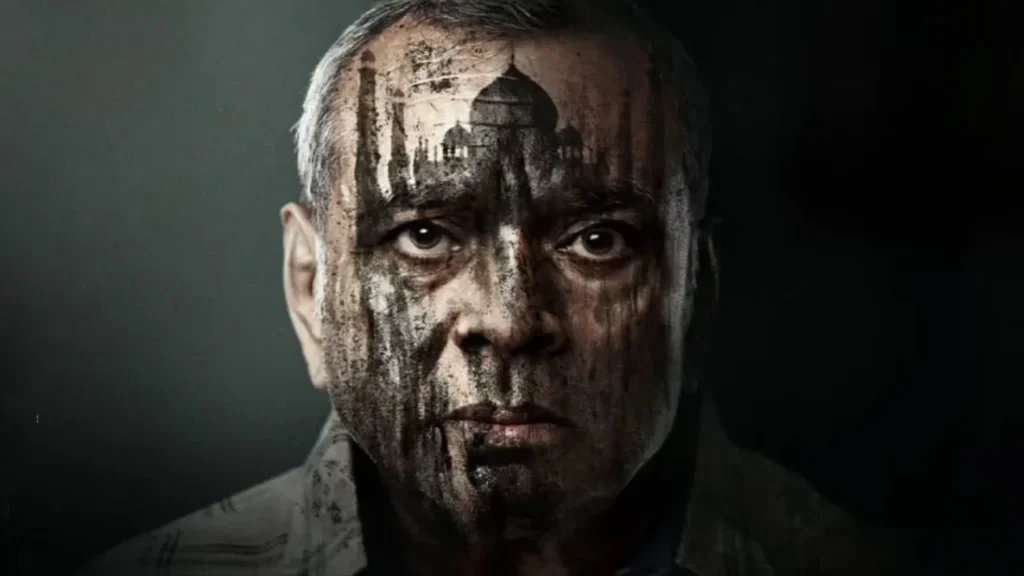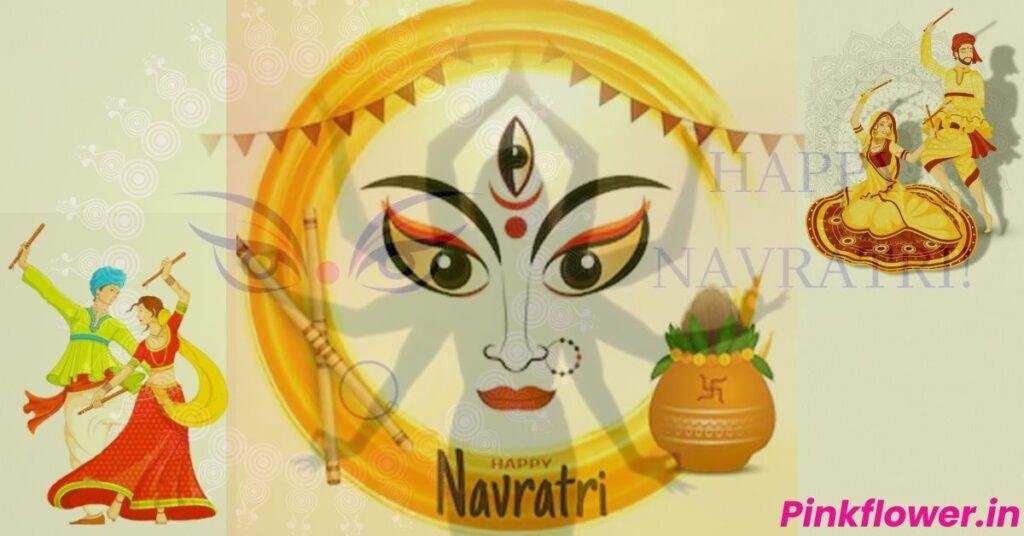In an era dominated by high-budget spectacles and star-driven blockbusters, The Taj Story, starring veteran actor Paresh Rawal, has managed to stand tall with substance, storytelling, and social intrigue. Released amid moderate expectations, the film has surprised trade analysts by showing a 20% jump on discounted Tuesday and maintaining a steady hold at the box office, collecting around ₹7.50 crore in its first five days.
Directed by Tushar Amrish Goel, The Taj Story delves into the historical and socio-political debates surrounding the origins of the Taj Mahal. Combining courtroom drama with emotional depth, it’s a film that dares to ask questions—and audiences are responding positively.
Let’s take a deeper look at The Taj Story’s box office performance, reasons behind its steady growth, critical response, and what its success means for Indian cinema.
Box Office Report: 5-Day Collection Breakdown
According to trade reports, The Taj Story opened with moderate numbers but picked up remarkable pace over the weekend. Here’s the estimated 5-day performance:
| Day | Collection (in ₹ Crore) | Trend |
|---|---|---|
| Friday (Opening Day) | 1.25 | Decent start with strong urban turnout |
| Saturday | 1.80 | 45% growth driven by word-of-mouth |
| Sunday | 2.00 | Family audiences contribute to higher footfall |
| Monday | 1.15 | Slight dip as weekdays begin |
| Tuesday (Discounted Day) | 1.30 | 20% jump due to positive buzz & affordable pricing |
| Total (5 Days) | 7.50 Crore (approx.) | Solid hold and promising word-of-mouth |
The Film’s Concept: History Meets Courtroom Drama
The Taj Story isn’t your typical masala entertainer. It’s a thought-provoking courtroom drama where Paresh Rawal plays a scholar who challenges widely accepted historical narratives surrounding the Taj Mahal.
In the film, Rawal’s character pushes for a DNA test to uncover hidden truths about the monument’s origins—a plotline that naturally stirred curiosity, debate, and even controversy.
This blend of intellectual intrigue and emotional storytelling has become one of the key factors driving audience engagement.
What’s Fueling Its Box Office Success?
1. Strong Word-of-Mouth and Content Power
Unlike films that rely heavily on star power or marketing gimmicks, The Taj Story is thriving on organic audience feedback. Viewers appreciate its thought-provoking narrative and Rawal’s powerful performance.
2. Affordable Ticket Pricing
The film benefited from discounted weekday rates across several multiplex chains, which helped increase footfalls and keep occupancy rates healthy. The 20% jump on Tuesday is a testament to how pricing strategies can influence mid-budget films.
3. Paresh Rawal’s Credibility and Versatility
As one of India’s most respected actors, Paresh Rawal brings both trust and curiosity to the project. His reputation for taking unconventional roles has drawn both his loyal fanbase and new audiences.
4. Balanced Marketing and Digital Buzz
Despite limited promotions, the film managed to trend on social media platforms due to its intriguing theme. The teaser tagline, “Lock is about to break on the Taj Mahal’s biggest mystery”, created suspense that translated into box office curiosity.
5. Low Budget, High Returns
According to reports, The Taj Story was made on a controlled budget. Recovering nearly 35% of its cost in just five days indicates a strong financial strategy and a path to profitability.
Performances and Direction
Paresh Rawal delivers one of his most layered performances in recent years—balancing sharp wit, moral conviction, and emotional vulnerability. His portrayal feels grounded, intense, and deeply human.
Supporting performances by Zakir Hussain, Amruta Khanvilkar, Namit Das, and Sneha Wagh add credibility to the narrative.
Director Tushar Amrish Goel deserves credit for blending fact, fiction, and courtroom tension in a way that keeps viewers engaged throughout. The screenplay avoids unnecessary dramatization and instead focuses on intellectual stimulation—a refreshing departure from formulaic storytelling.
Critical Response
Critics have described The Taj Story as “a brave and balanced narrative that doesn’t spoon-feed history but invites dialogue.”
Here’s a summary of what major publications have said:
- Times of India: Praised Paresh Rawal’s “restrained yet powerful performance.”
- Koimoi: Highlighted the film’s “strong hold and remarkable jump despite competition.”
- Financial Express: Noted that “content-driven films still have an audience in India when backed by strong performances.”
While some critics pointed out that the film’s pace dips in the second half, most agreed that its intellectual approach and courtroom intensity make it worth watching.
Controversy and Conversation
It’s impossible to discuss The Taj Story without mentioning the debates it has sparked.
The film’s trailer, where Rawal’s character questions the Taj Mahal’s origins, led to public discussions, legal petitions, and news debates.
Interestingly, this controversy seems to have benefited the film’s visibility. As seen in many past cases (The Kashmir Files, Article 370), public curiosity around socially sensitive subjects can often drive viewership—especially when handled responsibly.
The makers, however, clarified that the film is not anti-historical, but rather a fictional exploration of conflicting interpretations. This helped balance opinion and allowed audiences to engage without prejudice.
Economic Insight: The New Mid-Budget Model
In recent years, Bollywood has been dominated by either massive blockbusters or low-budget OTT-style releases. The Taj Story represents a third category—a mid-budget, content-driven film that can deliver profitability with minimal risk.
This model is crucial for the sustainability of the industry:
- Controlled production costs
- Focus on strong scripts and actors
- Strategic use of discounted days and multiplex tie-ups
- Minimal reliance on star fees or heavy VFX
If The Taj Story continues this trajectory, it could finish with ₹12–14 crore lifetime business, which would classify it as a commercial success.
OTT and Future Prospects
Given its content and the buzz it has generated, The Taj Story is likely to perform well on OTT platforms post its theatrical run.
Viewers who prefer slower, dialogue-heavy narratives are expected to engage with it in the streaming space—similar to how Section 375 or Court found extended life online.
The producers are reportedly in talks with major OTT players like Netflix, Zee5, and Amazon Prime Video, indicating the film’s strong post-theatrical potential.
The Bigger Picture: What “The Taj Story” Symbolizes
Beyond box office numbers, The Taj Story represents a shift in Indian audience sensibilities. It shows that:
- There is still space for thought-provoking cinema.
- A well-made, mid-range film with an intelligent script can hold its own against big-budget entertainers.
- The success of such films encourages more directors to experiment with unconventional subjects.
The audience no longer craves only glamor or spectacle—they want substance, perspective, and dialogue.
Social Media Buzz
The film has sparked major conversations online, with hashtags like #TheTajStory, #PareshRawal, and #TruthOrMyth trending across Twitter and Instagram.
Memes, debates, and review threads continue to circulate, ensuring steady online engagement.
Several film influencers and YouTubers have called The Taj Story “2025’s dark horse success,” applauding its bold narrative.
Conclusion: The Strength of Storytelling
Five days and ₹7.50 crore later, The Taj Story proves one thing—a good story never fails.
Paresh Rawal’s restrained yet commanding performance, Tushar Goel’s sharp direction, and the film’s bold subject matter together create a cinematic experience that’s both entertaining and intellectually rewarding.
While it may not reach the ₹100-crore club, it achieves something far more meaningful—it restores faith in thoughtful cinema and highlights the fact that strong writing and conviction can still drive success in Indian theaters.
“The Taj Story is not just a film about a monument—it’s a reminder that truth, like cinema, is open to interpretation.”


